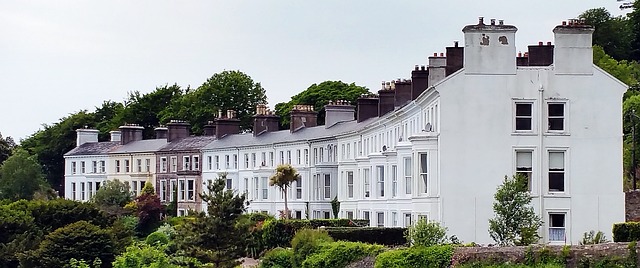As a long to medium term investment and business opportunity, rental properties can generate a positive return for entrepreneurs.
With a plan to conquer and monopolize houses, flats, and hotels across England, it’s always essential, initially at least to start small, preferably with one property and plan how much deposit you need to save.
This is a contributed post. Please refer to my disclosure for more information.

Raise a Deposit
Initially, you’ll need a sizable deposit to secure a buy-to-let property. Lenders prefer landlords with financial stability, experience with property rentals, and a large deposit. With a bigger deposit, you can potentially secure a loan with a better interest rate too.
Raising enough money to purchase a buy-to-let property can take a while to achieve. A tip to help you lighten the savings load is to ask a trustworthy family member, or friend to split the deposit amount with you. Moreover, you may want to create a contract to outline each of your responsibilities. Plus, the percentage of return from the property once it starts to accrue an income.
Source a Property
To determine what properties are a worthwhile investment, you must focus on your new business venture’s goals, and commit to extensive research and analysis of the local housing market. While sourcing and surveying properties, it’s necessary to think about;
- What rental income you are likely to achieve?
- Is the location a sought after area for renters?
- Condition of the house, and cost of work to be down
You can source properties via sites online, such as Rightmove, which hosts multiple agency properties under one roof. Alternatively, you might want to consider what’s on offer at local housing auctions. For instance, repossessed houses often sell for competitive prices. However, it’s worth weighing up the cost of the work you’ll need to pay out to get the property back to a liveable condition before investing.
Protect and Preserve Your Investment
Once you have found tenants for the rental property, you need to trust the tenants will respect and take care of the abode and be conscientious of their neighbours too. To provide you with peace of mind, you can install a smart home sensor to detect noise levels in the property, alert you if a fire alarm is triggered or an intruder has entered the house. Equally, you can install a humidity monitor to sense the levels of moisture in the home. The monitor assesses the risk of damp or mould that could affect the health of your tenants and the property’s interior.
Repairs and Decoration
As mentioned above, you must provide a safe property that’s practical for tenants to reside in. If the structure of the building is impaired, damp is present, or theirs a pest infestation, it’s essential to fix these issues first.
The decorating can be as cheap or as expensive as you like, but opting for hard-wearing materials, such as flooring and kitchen worktops, shall prevent you from needing to replace fixtures and fittings regularly.
To run a successful buy-to-let business, you need to make cost-effective decisions, to avoid problems like extortionate mortgage payments, or purchasing a property that could cost thousands to repair.
You can either self manage the property or hire an estate agent to maintain the home on your behalf. The latter is usually easier for investors who have a full-time job.



